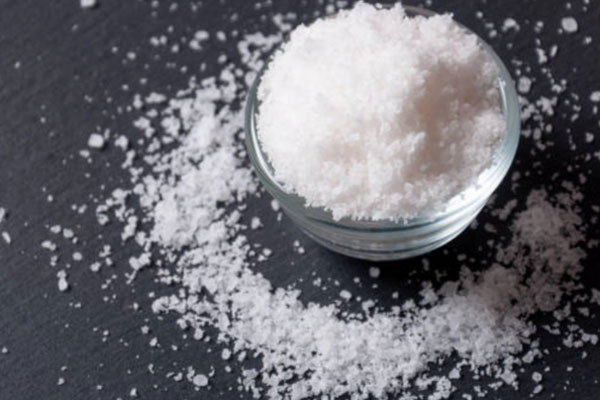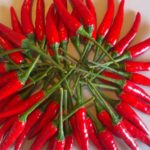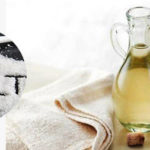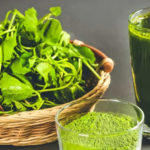Salt, also known as sodium chloride (NaCl), contains 40% sodium and 60% chloride by weight. Salt is the largest source of sodium in the diet. Some types of salt may also contain trace amounts of calcium, potassium, magnesium, and zinc.
The essential minerals in salt play a vital role as electrolytes in the body, helping to balance fluids, transmit nerve impulses, and maintain muscle function. Some salts are naturally found in most types of food and are also used as a seasoning to enhance flavors.
Salt is considered an essential condiment in cooking. According to the World Health Organization (WHO), adults should not consume more than 5 grams of salt per day (equivalent to 1 teaspoon of salt).
Properly using salt in cooking can enhance the flavor of the dish and help resolve certain cooking mishaps.
Here are some tips for using salt properly:
Adding a small amount of salt to the boiling water when cooking vegetables helps them cook faster and retain their vibrant green color. It is recommended to add salt to the boiling water before adding the vegetables. The boiling point of water is normally 100 degrees Celsius at atmospheric pressure, but adding salt will increase the boiling point. When the water is already boiling, immerse the vegetables, allowing them to cook quickly and retain their green color while preserving the vitamins and minerals.
Marinating vegetables with salt before making salads or raw dishes can also enhance the overall taste.
Before making salads or raw dishes, toss the sliced vegetables with salt and let them sit for about 10-15 minutes to release excess water. Afterward, rinse or soak the vegetables in warm water to remove the remaining salt, squeeze out the excess water, and mix them into the salad or dish. This process improves the flavor and texture of the dish as the salt stimulates the release of water from the vegetables, resulting in a crispier and more flavorful dish.

Some tips for using salt properly (Illustration: Istock)
Soaking dried fish in saltwater helps reduce the saltiness. Typically, dried fish is heavily salted to remove moisture and bacteria, resulting in a salty taste even after rinsing with water. To reduce the saltiness, simply soak the dried fish in a low-concentration saltwater solution, then rinse it again with clean water before cooking. This is based on the neutralization principle of salt in chemistry.
When soaking fish, a high-concentration saltwater solution has higher salt content than a low-concentration saltwater solution, resulting in an equilibrium (same level of saltiness). This soaking method can also be applied to preserving other foods such as eggplants, chilies, and pickles if they become too salty.
Salt helps reduce acidity in citrus juices such as orange and lemon. When squeezing sour oranges or making lemon water or salad dressings, which tend to be tart, simply add a small amount of salt and sugar, then mix well to balance the flavors. Salt effectively reduces the acidity without the need for excessive sugar. It also enhances the sweetness of desserts and reduces the bitterness of certain dishes.
In addition, salt has many other uses in cooking, such as adding a pinch of salt to hot oil in a pan to prevent splattering when frying food.
When crushing freshwater crabs to make crab meat paste, adding a small amount of salt to the live crabs helps the proteins bind together, forming a solid texture when cooked.
You can also add a little salt to rice when cooking or steaming to prevent spoilage as salt has antimicrobial properties. Salt is also an effective seasoning when making broth or extracting flavors from bones and vegetables.
According to VTC News





































